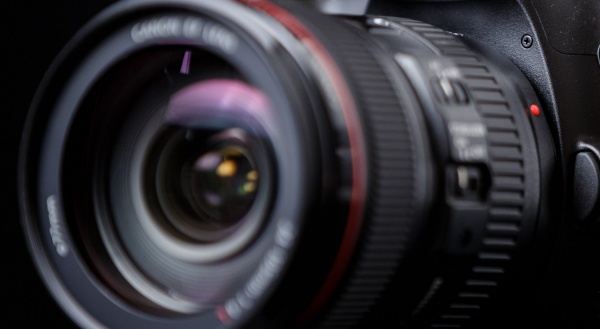|
by andy grunes, director, global design services, for aavid design
the landscape of product development is changing. electronic components and the devices that use them are shrinking, while power and functionality are rising. as a result, heat management is now one of the most vital steps in the design process.
to understand how heat affects the key elements of a design, consider the development of a digital camera. lytro inc. sought out our company, aavid design, to partner in the development of its next-generation illum light field camera, which captures and processes a 3d field of light. as the product matured from concept to prototype, it became apparent how influential the thermal design was to the other elements, such as the architecture, board layout, image quality, aesthetics, materials, and usability. instead of the industrial or mechanical design dictating the thermal solution, as is often the case, it was the other way around. here, we show how heat affected the performance, material selection, usability, cost, and aesthetics of the illum.
to deal with heat and other design issues, lytro, inc. partnered with aavid design in the development of its next-generation illum light field camera.

(wikimedia commons)
performance
the most obvious effect of heat on a digital camera is that the quality of an image capturedby a sensor is reduced by high fluctuations in temperature. it is important to manage the heat to prevent quality degradation in each operating mode and environment. plus, in general, as computer chips reach their operating temperature limits, they typically have built-in failsafe modes in which the entire chip can be shut down or power can be reduced to the system affecting the chip. the reduced power mode directly impacts the product functionality and a user will not get maximum performance until the system has returned to safe operating temperatures.
material selection
image quality and chip performance were just the beginning of how thermal management impacted the illum. thermal decisions also dictated what materials to use. for example, use of magnesium and aluminum over plastic for the camera body could have affected cost, weight, rf transmission, and other properties of the device. converting a hand grip area to metal, however, could have created usability issues because of the higher heat. so for thermal reasons, the team chose a rubberized coating with a very specific coating thickness and optimized coverage area.
to reach the improved design product designers rely on advanced simulation tools such as those used and developed by aavid.
read the rest of the article, which was originally published on designnews, at http://www.designnews.com/author.asp?section_id=1386&doc_id=280182.
|